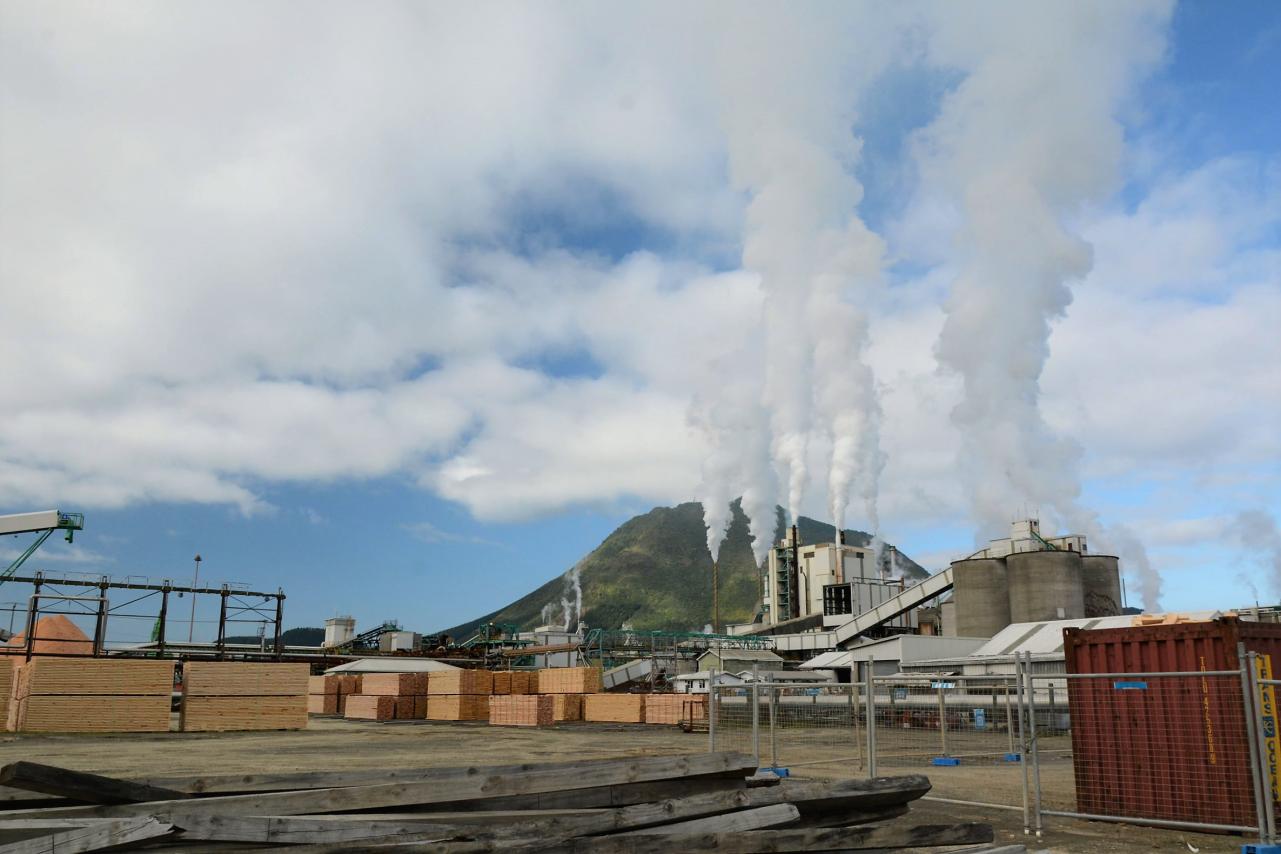Regional Industry
The Eastern Bay of Plenty region covers over 744,000 hectares, about one-third of which is planted in exotic forests. Forestry is vital to the regional economy.
Tourism is the fastest growing local industry and presents many opportunities. Tourism now contributes over $100 million to the district’s economy, and 10% of the workforce is employed in tourism and associated businesses.
Agriculture (mostly dairy and beef farming) and horticulture are major export activities. The region’s fertile soils support a variety of horticultural activities, including kiwifruit orchards, market gardens, berry fruit, olive groves and citrus and avocado orchards.
There are opportunities for innovative businesses in dairy processing, log sawmilling, pulp/paper/paperboard manufacturing and any processing activities which can be supported by geothermal steam resources. Major existing businesses include Fonterra, Norske Skog, Asaleo Care, Carter Holt Harvey, EastPack and OPAC.
By-products from the pulp and paper industry have potential for further processing into marketable products. Vast amounts of waste fibre and bark are available for growing aggregate or landscaping. There’s also potential in the recycling of trade waste.
More detailed information on the priority economic sectors for the Whakatāne District is available below.
Infometrics reports
Economic analyst firm Infometrics gives an in-depth description of the Whakatāne District’s economic structure and performance.
You can also compare our District’s data against other regions throughout New Zealand to get an idea of how we’re doing in relation to the rest of the country.
Infometrics Economic Profile »
The Quarterly Economic Monitor provides indicators including GDP, traffic flows, retail spending, guest nights, house prices/sales, consents, unemployment, jobseeker support and migration. The data is paired with local commentary, an interactive framework, and downloadable reports. The monitor is published seven weeks after the end of each quarter.
